Discover a variety of free printable bonsai tree coloring pages that are perfect for sparking creativity in kids. From simple outlines to enchanting scenes, these designs will inspire young artists and foster a love for nature.
Bonsai tree coloring page simple outline
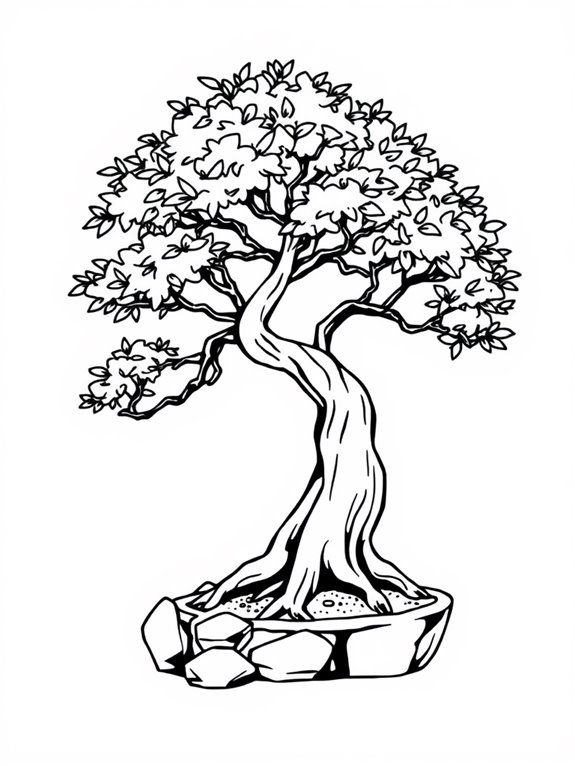
Download and print this simple outline bonsai tree coloring page for free, making it ideal for kids to explore their creativity while learning about the beauty of nature.
Cute Bonsai tree coloring page with animals
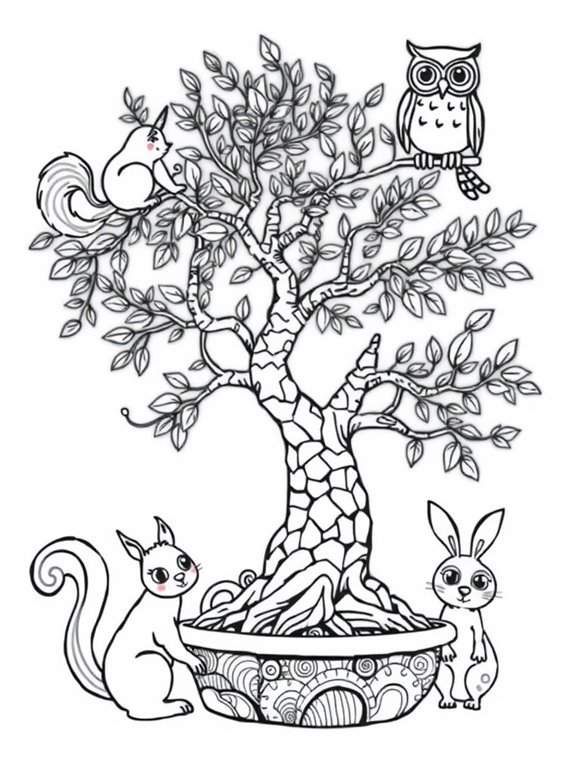
Download and print this adorable bonsai tree coloring page featuring cute animals for free, perfect for kids and anyone who loves to unleash their creativity!
Bonsai tree coloring page with decorative pots
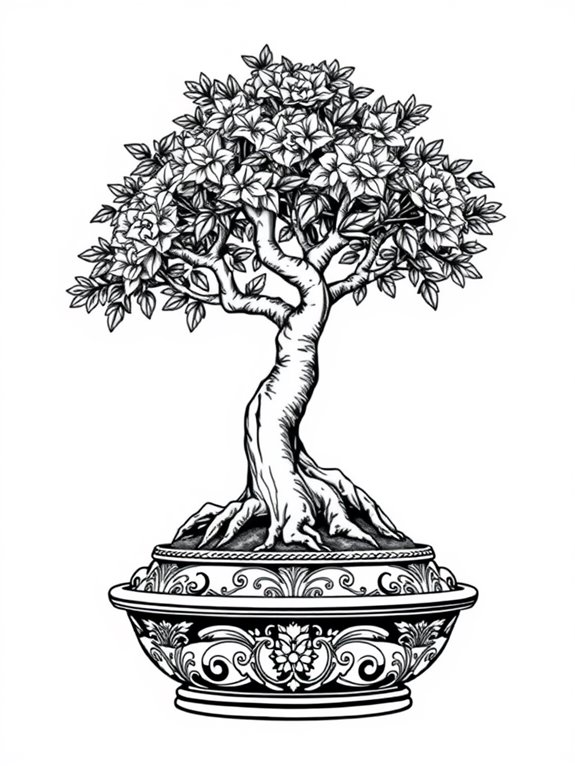
Download and print this free bonsai tree coloring page with decorative pots,
perfect for kids and adults alike who enjoy creative coloring activities.
Bonsai tree coloring page in a garden setting

Download and print this free bonsai tree coloring page, perfect for art enthusiasts, children, and anyone looking to unwind in a serene garden setting.
Easy Bonsai tree coloring page with big leaves

Download and print this free easy bonsai tree coloring page with big leaves, perfect for young artists looking to unleash their creativity!
Whimsical Bonsai tree coloring page with clouds

Download and print this whimsical bonsai tree coloring page for free,
perfect for anyone looking to spark creativity and enjoy some relaxation!
Bonsai tree coloring page with a swinging bird
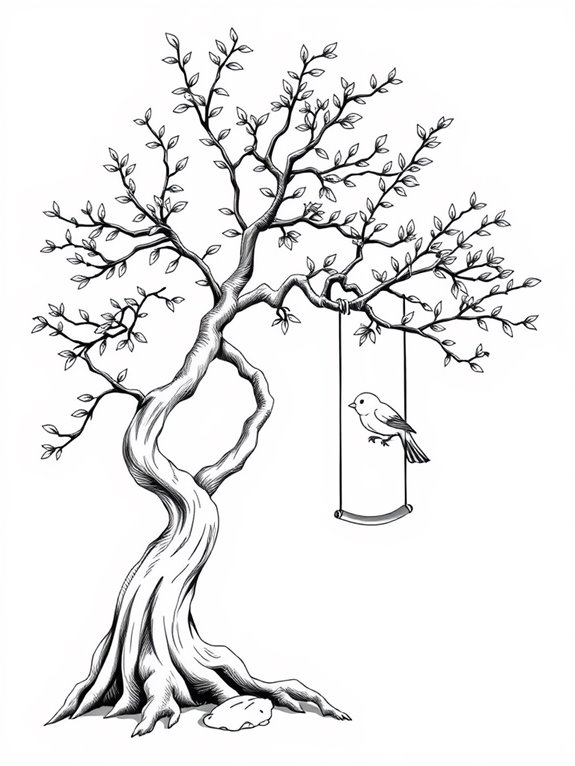
Download and print this free bonsai tree coloring page featuring a swinging bird, perfect for children and adults alike who love to express their creativity!
Bonsai tree coloring page featuring seasonal flowers
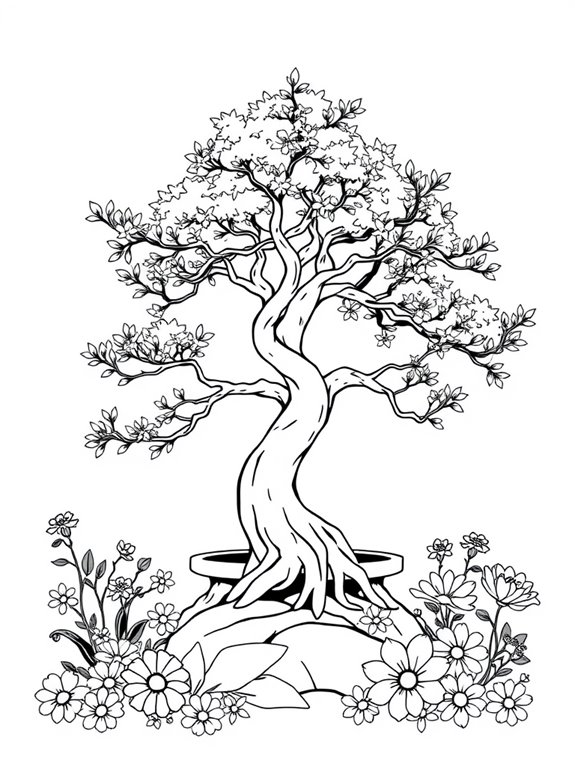
Download and print this enchanting bonsai tree coloring page featuring seasonal flowers for free, perfect for nature lovers and art enthusiasts of all ages!
Bonsai tree coloring page in a peaceful landscape
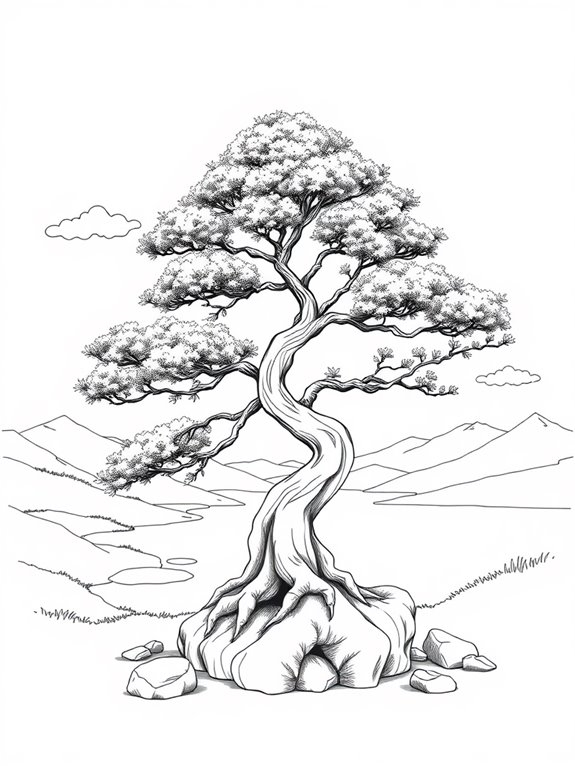
Download and print this free bonsai tree coloring page set in a peaceful landscape,
perfect for anyone looking to relax and express their creativity.
Playful Bonsai tree coloring page with playful branches
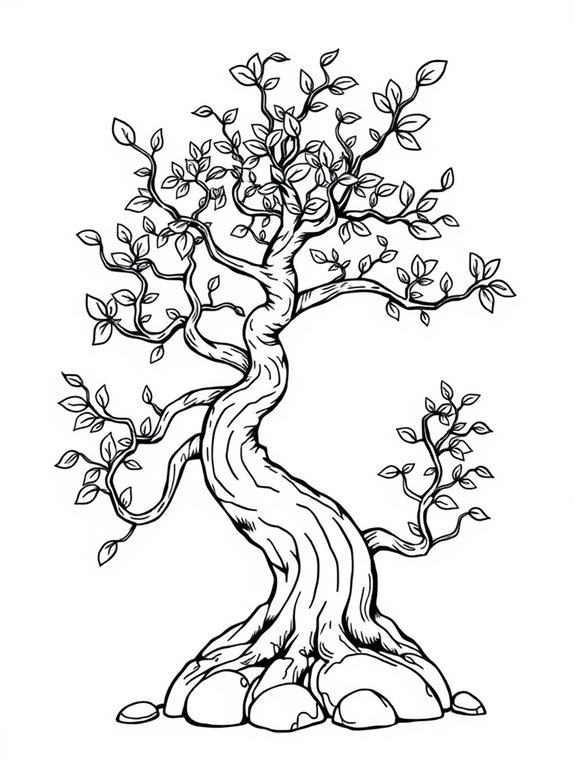
Download and print this enchanting playful bonsai tree coloring page for free, perfect for artists of all ages looking to unleash their creativity with whimsical branches and vibrant colors!
Bonsai tree coloring page with a starry night backdrop

Download and print this beautiful bonsai tree coloring page set against a starry night backdrop for free.
It is perfect for anyone looking to unleash their creativity and enjoy a relaxing coloring experience.
Minimalist Bonsai tree coloring page for young artists

Download and print this free minimalist bonsai tree coloring page, perfect for young artists looking to enhance their creativity and fine motor skills!
Bonsai tree coloring page with a magical fairy
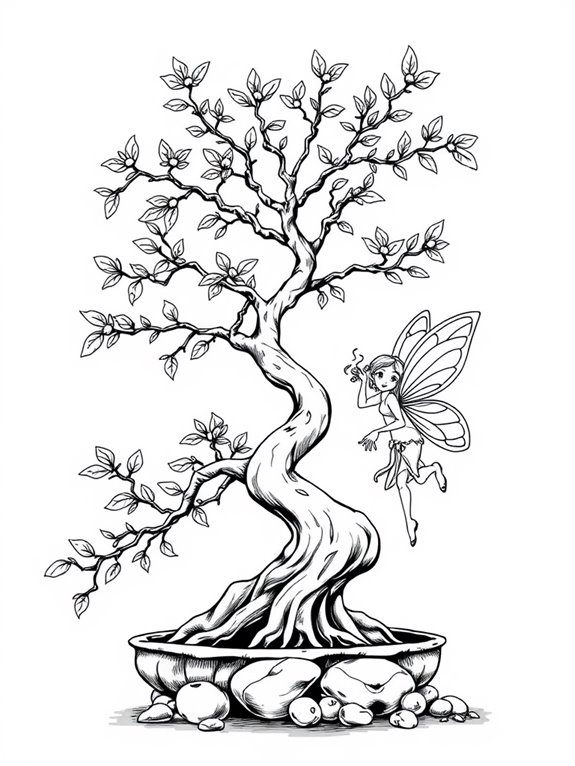
Download and print this enchanting bonsai tree coloring page featuring a magical fairy for free.
It is ideal for children and adults who love to unleash their creativity.
Bonsai tree coloring page framed by cute critters
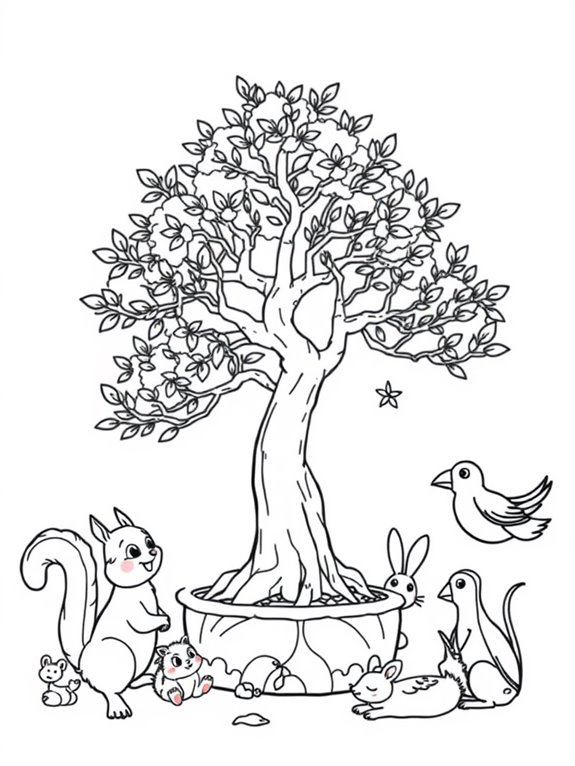
Download and print this delightful bonsai tree coloring page for free, perfect for kids who love to explore their artistic talents alongside cute critters like playful bunnies, curious squirrels, and chirpy birds.
Bonsai tree coloring page with hearts and stars
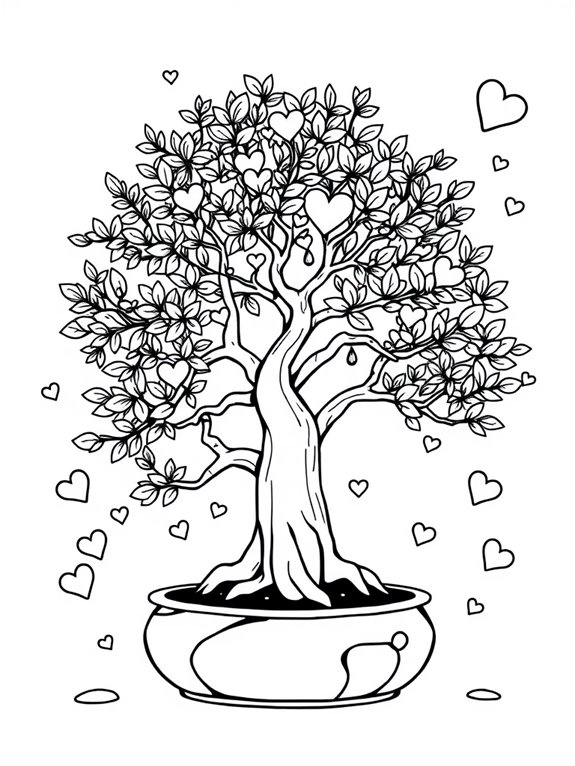
Download and print this enchanting bonsai tree coloring page adorned with hearts and stars for free,
perfect for anyone looking to spark their creativity and enjoy a relaxing artistic experience.
Bonsai tree coloring page in a small zen garden

Download and print this free bonsai tree coloring page set in a serene zen garden, perfect for anyone seeking a calming and creative activity.